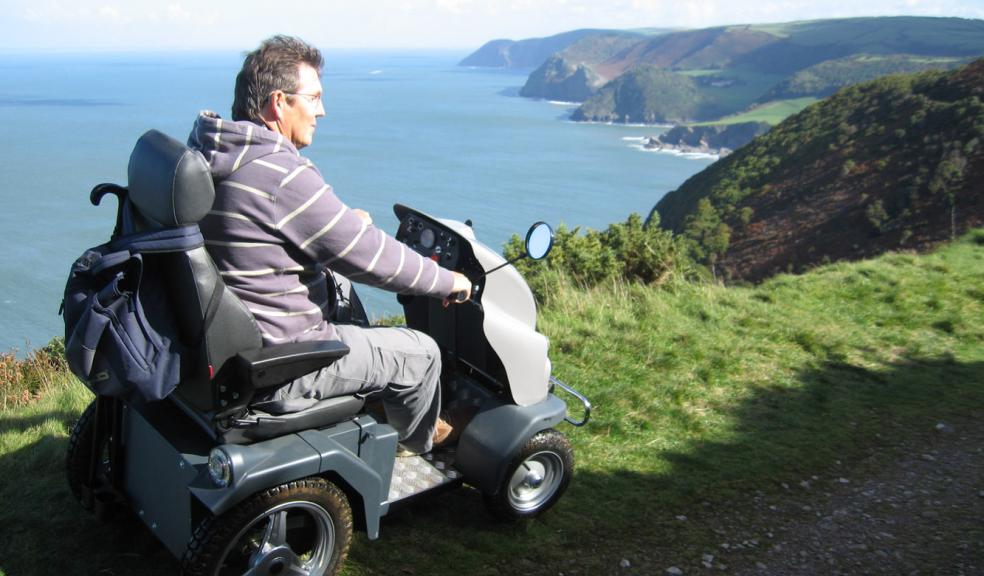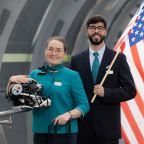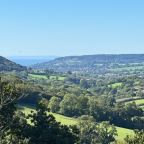
£40,000 investment opens up Coast Path to thousands of wheelchair and pushchair users in time for Christmas
The completion of seven coastal access schemes along parts of the South West Coast Path, and the addition of 40 extra walks on its website means that now, for the first time, thousands of people with limited mobility and those with young children in pushchairs are able to enjoy stretches of the breathtaking National Trail that were once impassable.
Newly accessible walks include parts of Padstow where a £24,000 project to improve the surface and widen the path in Stile Field, which both Cornwall Council and Padstow Town Council helped to fund, now means that as well as enjoying the Christmas market and seasonal lights in the harbour, many more families can discover more of the town from the Coast Path.
The work has been funded by the Rural Development Programme for England (RDPE) and partners, including the National Trust and local authorities, as part of the South West Coast Path Team’s ‘Unlocking our Coastal Heritage’ project, which is nearing completion. This has seen a total of £2.1 million invested over three years to conserve, enhance and interpret the Coast Path and is made up of four key strands.
One element of Strand 2, which covers route improvements to enhance the cultural corridor, has seen wheelchair and pushchair access improved at various sites including Port Isaac, Treyarnon Bay, North Tehidy Country Park and Penrose Estate in Cornwall, as well as Putsborough, Bolberry and Revelstock Drive in Devon. The accompanying walks take in all these improvements, as well as many existing parts of the Coast Path and other rights of way that were already accessible but no detailed route description was previously available. Heddon Valley on the Exmoor coastline was one of the first walks to benefit from the introduction of Tramper mobility scooters through a separate project led by Countryside Mobility South West, which has opened up many parts of the Coast Path to new users.
Other improvement projects undertaken within this strand to create more easy-going routes have made the Coast Path more accessible through minor capital works such as removing stiles and replacing them with wide gates. This will benefit many users that have limited mobility and attract new users who may have previously found these routes difficult.
Bella Crawford, from the South West Coast Path team, says: “Almost 20% of the UK population is disabled (around 11.5 million), so this improvement work has fulfilled a very real need and will improve the lives of lots of people who in the past have been unable to enjoy the full beauty of the South West Coast Path. A key feature of ‘Unlocking our Coastal Heritage’ has been about creating a legacy so that everyone can access the Coast Path for years come.”
Earlier this year, the Minister for Disabled People, Esther McVey, identified the need for coastal towns to tackle the issue of access and has called on local authorities to act. This project shows that for many parts of Devon and Cornwall at least, the issue is being addressed, making the Coast Path, and the seaside resorts it links in with, more inclusive.
For more information about the Unlocking our Coastal Heritage project and the four strands that are designed to conserve, enhance and interpret the Coast Path, visit www.southwestcoastpath.com/RDPE











